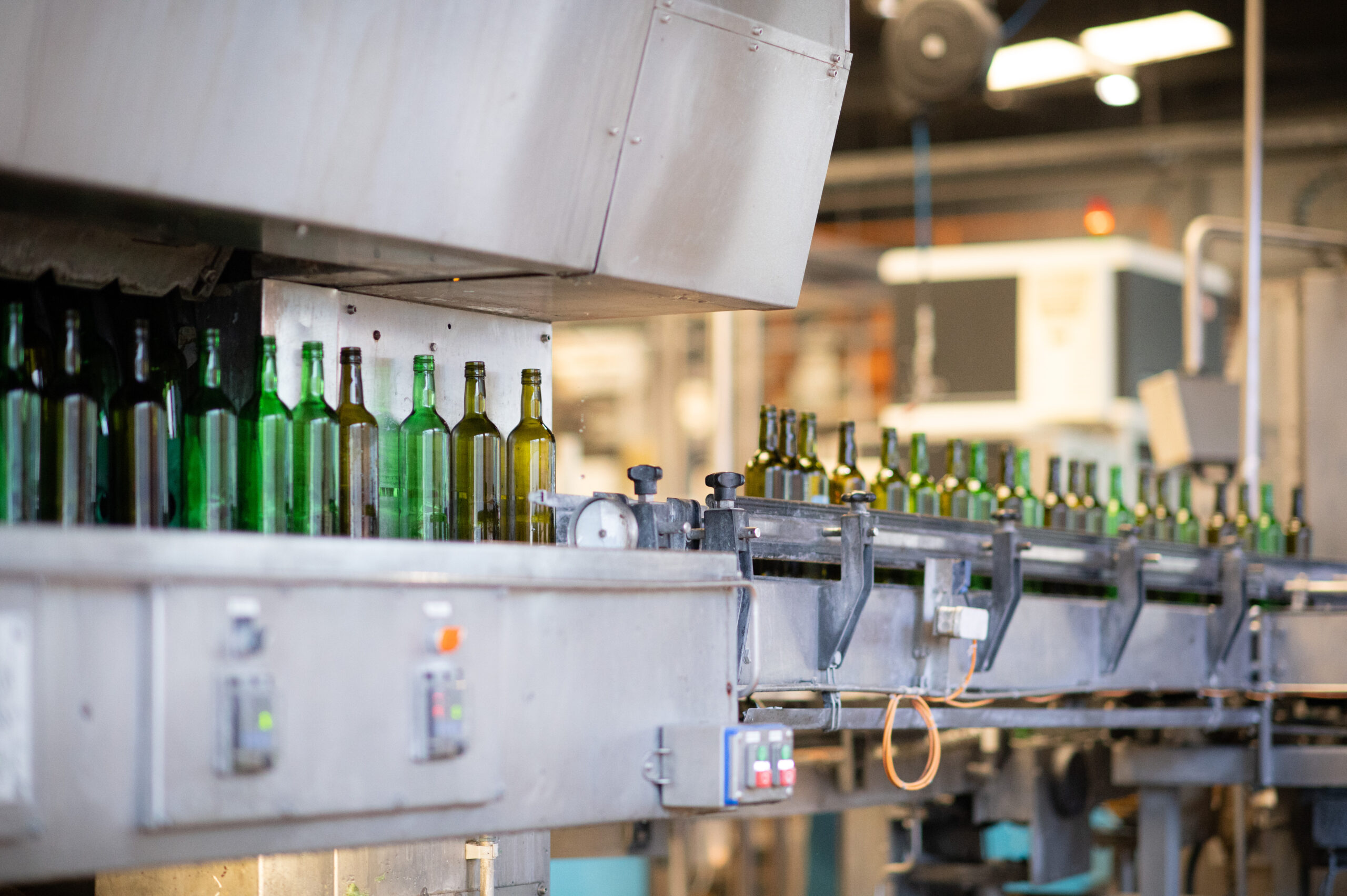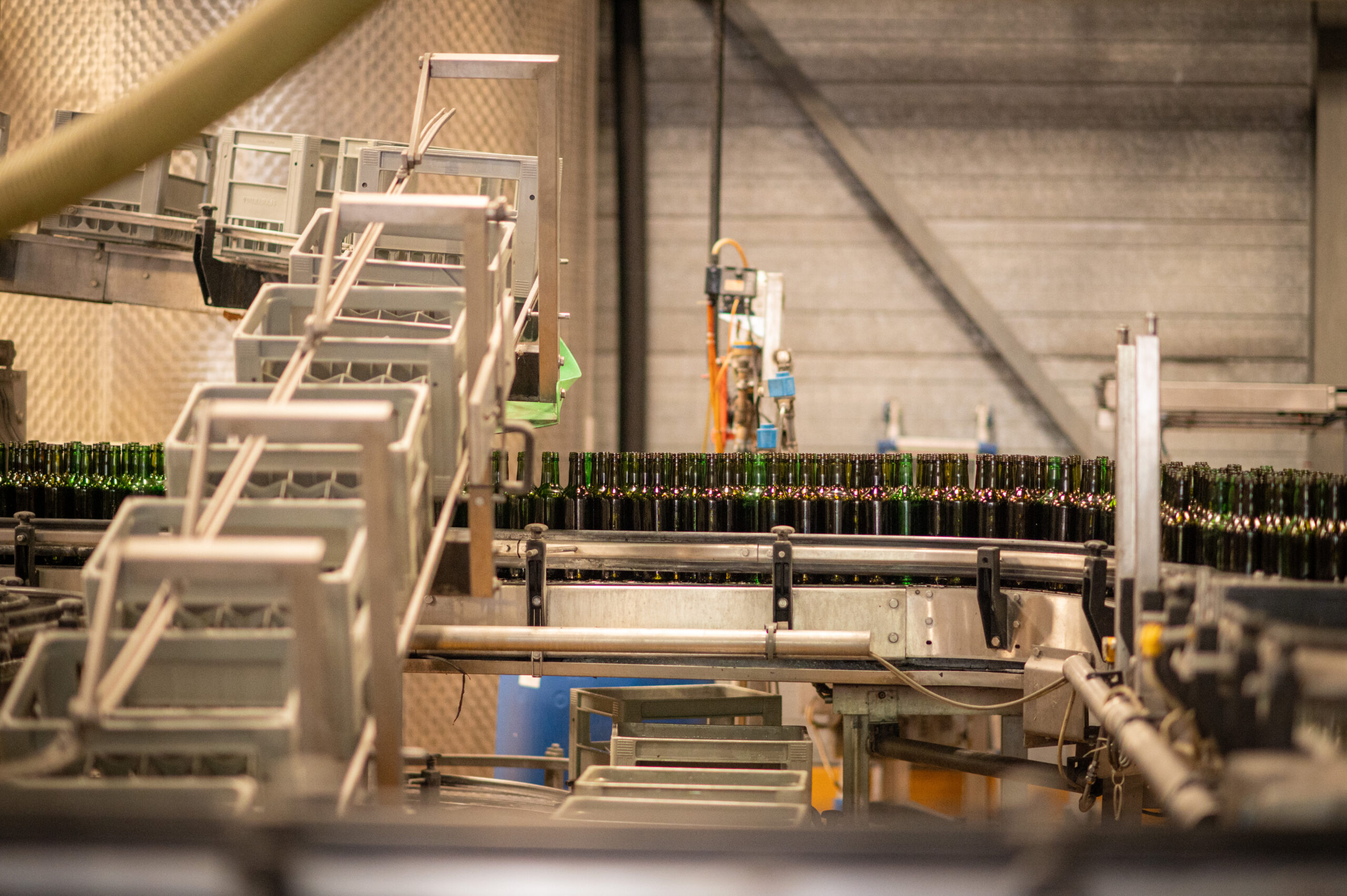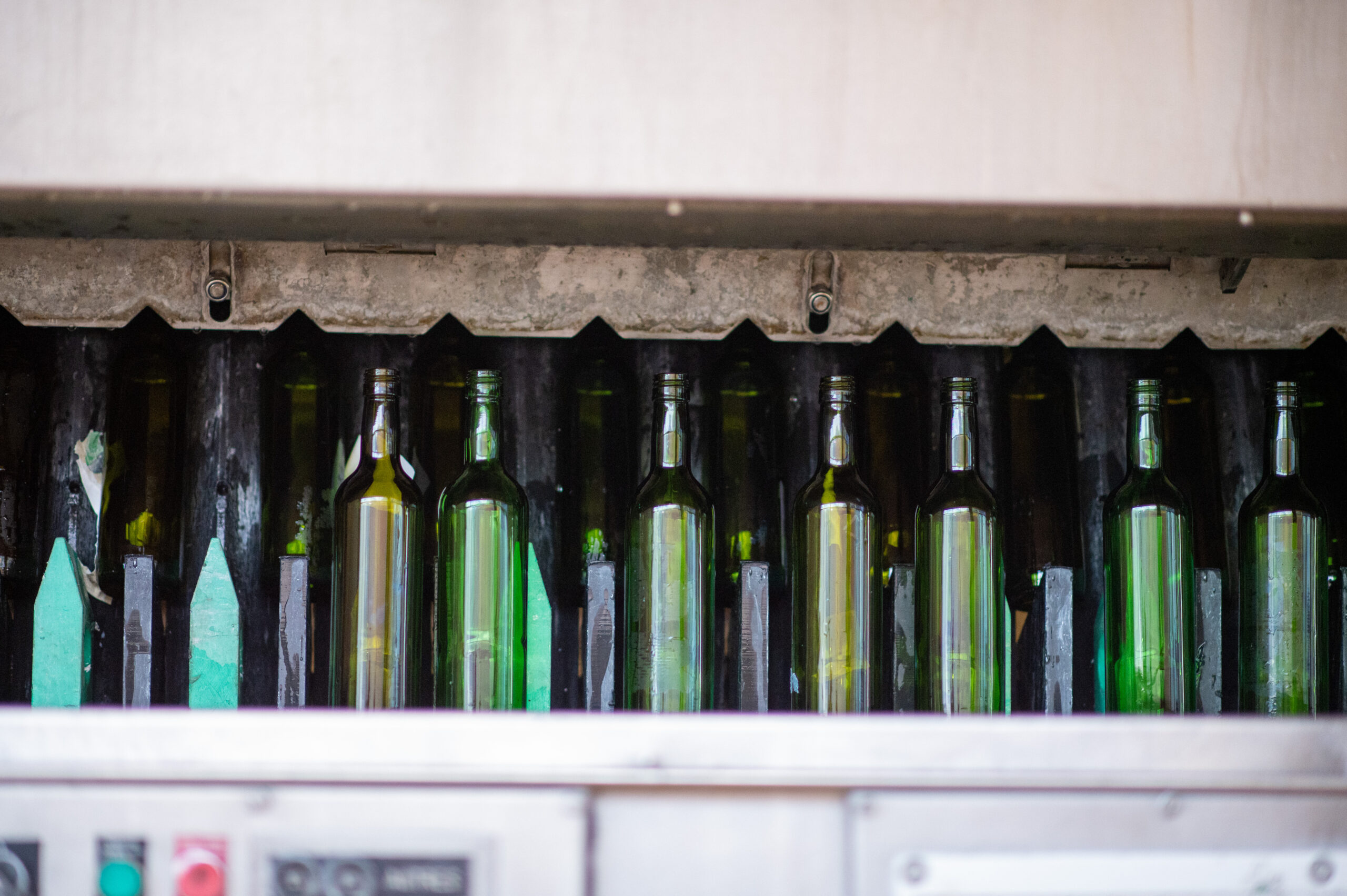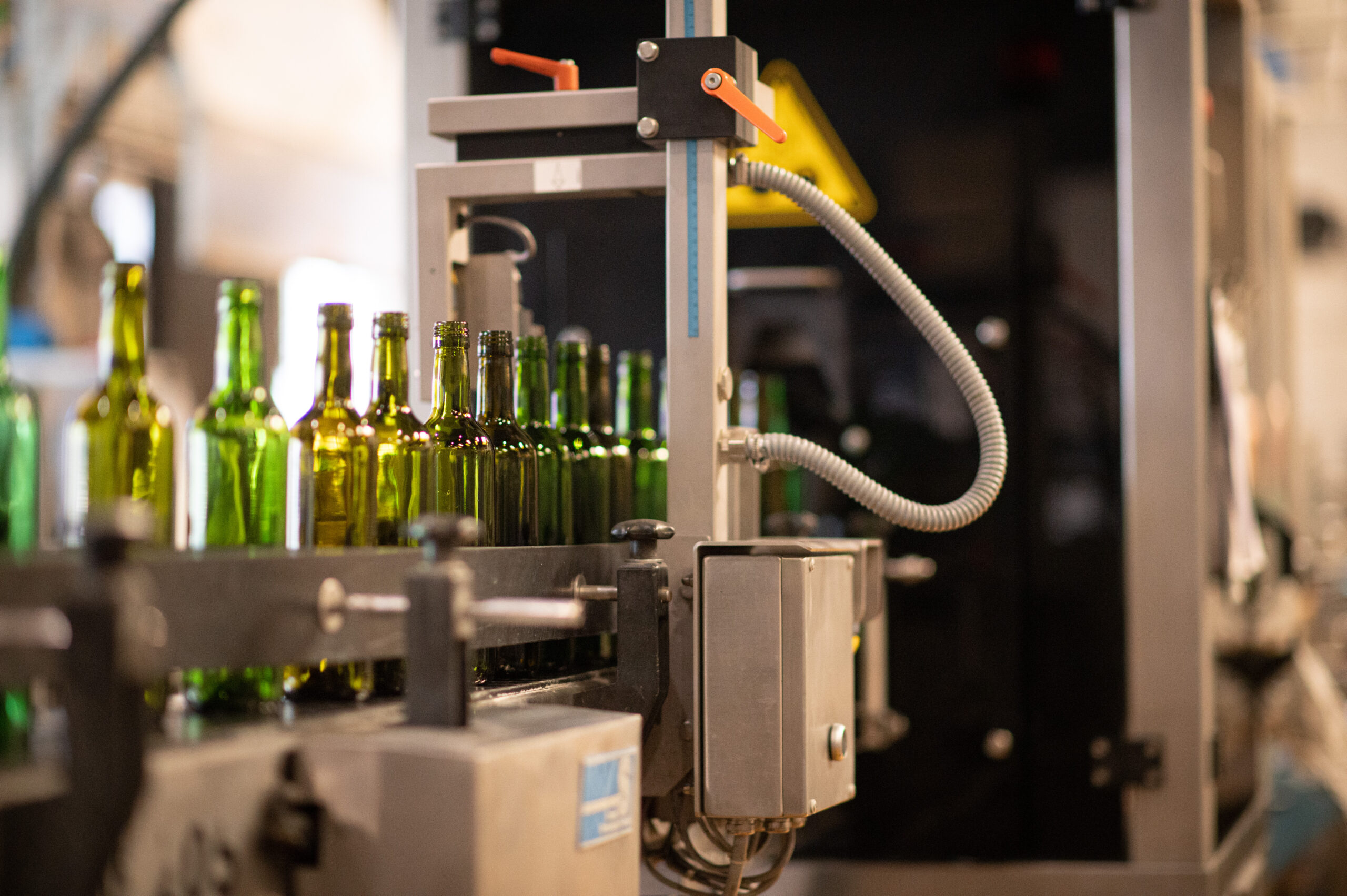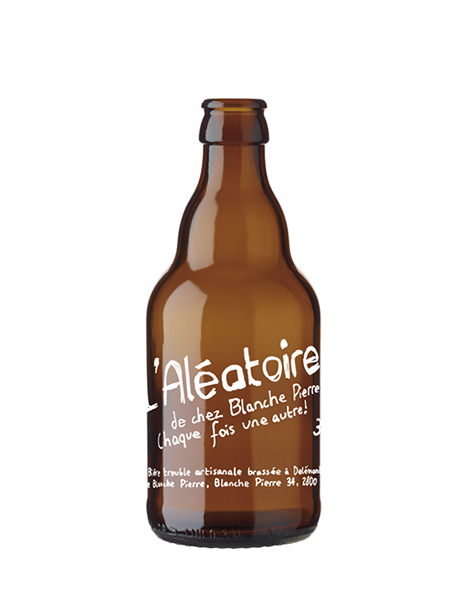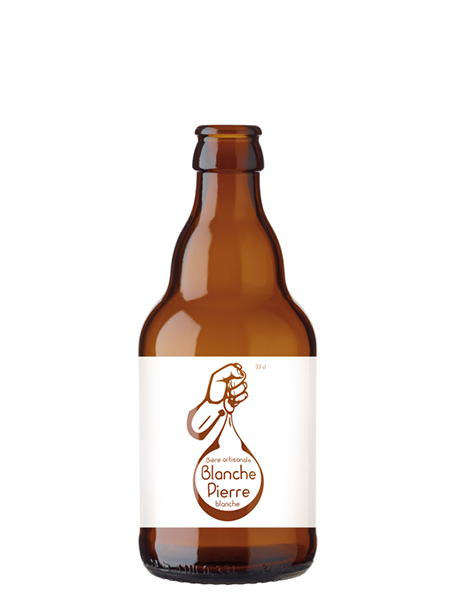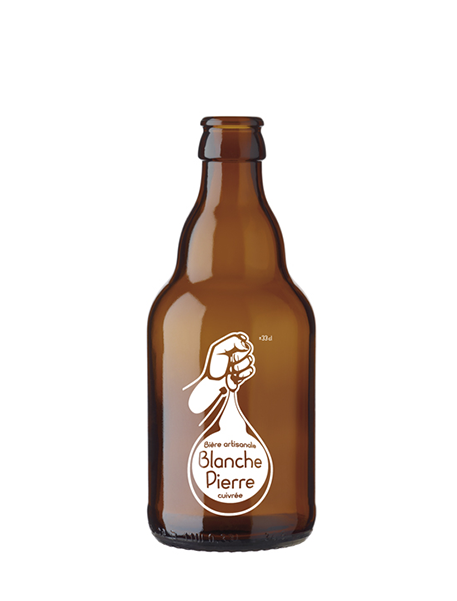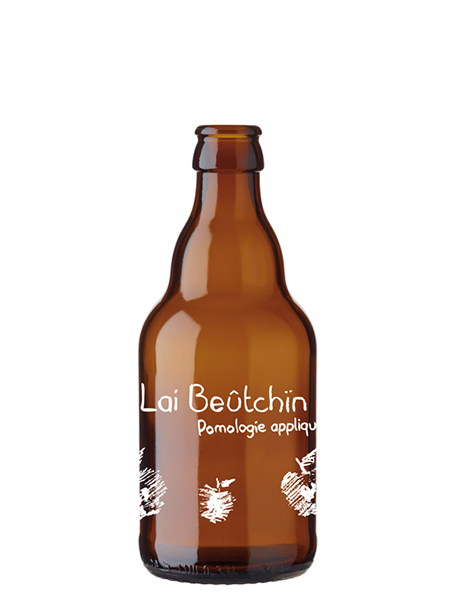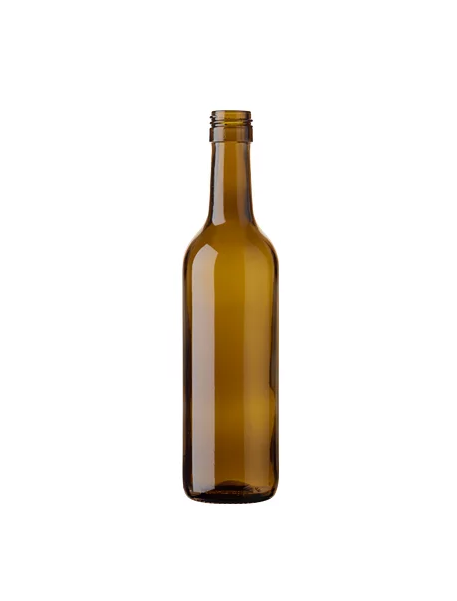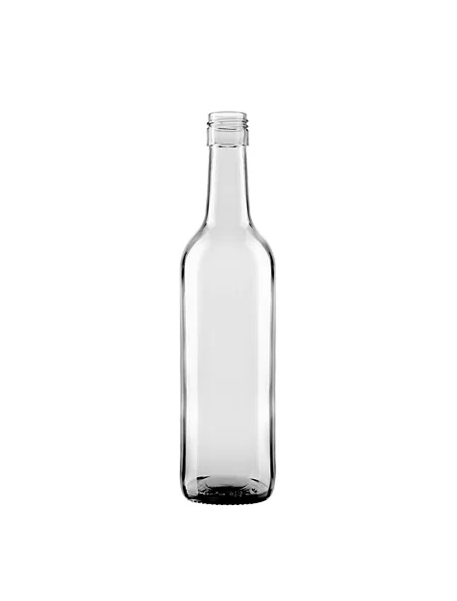Industrial bottle washing and the trend towards reusable glass bottles
Industrial bottle washing has its roots in the developments of the industrial revolution in the 19th century. Before this period, bottles were usually cleaned by hand. However, industrialization and advancing mechanization led to new opportunities and technologies to make the cleaning process more efficient.
One important development was the introduction of bottle filling machines in the breweries and beverage industries. These machines allowed bottles to be filled automatically, which enabled a high production rate. The increasing demand for bottled beverages led to a need for efficient cleaning methods for the reusable bottles.
From single-us packaging to reusable packaging
Reusable packaging is nothing new. The historical background of reusable packaging goes back a long way. Containers and vessels were already reused in ancient cultures. Over time, various forms of reusable packaging developed in different parts of the world.
The shift from single-use packaging to reusable packaging began in the late 19th and early 20th centuries. During this time, industrialization and mass production of consumer goods increased significantly. The packaging industry developed new materials such as glass, metal and later plastics, which were used for disposable packaging.
The increasing use of disposable packaging offered some advantages such as hygiene, convenience and lower costs for producers. Packaging was easy and cheap to produce, and consumers appreciated the ability to use products immediately without having to worry about returning packaging.
The transition to reusable packaging was influenced by several factors. On the one hand, increasing environmental pollution from waste and the limited availability of resources contributed to the search for more sustainable solutions. On the other hand, there were also economic considerations, as the constant production of single-use packaging could be costly.
Reusable packaging began to emerge as an alternative, especially in sectors such as the beverage industry. Glass bottles or reusable metal crates were used and could be cleaned and reused after use. This led to a system in which consumers paid a deposit for the packaging when they purchased a product and received it back during the return process.
Laws and regulations were also introduced in many countries in the 1960s and 1970s to limit the use of single-use packaging and encourage reuse. However, the trend toward single-use packaging continued in the following decades, especially with the rise of plastics.
Recently, however, there has been a renewed awareness of the environmental impact of single-use packaging. There are increased efforts to promote reusable packaging, whether through government action, corporate initiatives or changing consumer behavior. The aim is to reduce the amount of waste, improve resource efficiency and find more sustainable packaging solutions
Facts and figures about reusable glass bottles
Here are some facts and figures related to washed bottles:
Bottle return rate
In countries with established reusable systems, such as Germany or Switzerland, the return rate for reusable bottles is generally over 90 percent. This means that more than 90 percent of the bottles sold are returned, cleaned, and reused.
Number of refills
A typical reusable bottle can be reused up to 30 to 50 times before it is discarded, depending on the material and quality. Some high-quality glass bottles can be reused even more often.
Saving resources
The use of returnable bottles instead of disposable bottles leads to significant resource savings. According to a study by the Federal Environment Agency in Germany, the use of reusable bottles in the beverage sector can reduce primary energy requirements by up to 70 percent and water consumption by up to 90 percent.
CO2 emissions
The use of reusable bottles can also help reduce CO2 emissions. A study by the Fraunhofer Institute found that in Germany, the use of reusable bottles in the beverage sector can save around 1.2 million tons of CO2 per year.
How can reusable glass bottle influence the purchasing behavior of end consumers?
Returnable bottles can influence the purchasing behavior of end consumers in various ways:
Pricing
Often, reusable bottles are subject to a deposit that is refunded when the bottle is returned. This can increase the price difference between disposable and reusable products and encourage consumers to choose reusable bottles to save costs.
Sustainability awareness
In recent years, awareness of environmental issues and sustainability has risen sharply. Many consumers are aware of the impact of single-use packaging on the environment and therefore prefer reusable bottles as a more sustainable alternative. This increased awareness can influence purchasing behavior in favor of refillable glass bottles.
Image or brand loyalty
Companies that use reusable glass bottles can build a positive image with environmentally conscious consumers. Consumers associated with a brand or company that promotes sustainability and the use of reusable packaging may be more inclined to purchase these products and remain loyal.
Availability and information
The availability of reusable bottles in supermarkets, beverage stores and other points of sale can have a major influence on purchasing behavior. If a wide selection of beverages is offered in reusable packaging and consumers are informed about the benefits, they are more likely to choose reusable products.
Can personalised reusable glass bottles be washed?
At Univerre we wash bottles that are screen printed. Screen printing is a printing method in which ceramic ink is burned into the glass. For this reason, this personalization method is very resistant.
Brewery Blanche Pierre
The beer bottles of the brewery Blanche Pierre focuses very much on sustainability. The bottles are provided with a deposit and can be returned at the point of sale. The bottles are washed and used again. The bottles of Blanche Pierre Brewery are personalized with silk-screen printing. For this reason, it no longer needs a label.
The most washed wine bottle: Désirée
The wine bottle named “Désirée” is the most popular wine bottle ever. Since its launch, this wine bottle is the most washed wine bottle in Switzerland. It is available in 50cl or 37.5cl formats and remains one of the largest bottle standards in Switzerland.
Univerre: Decades of experience in bottle washing
With a capacity of 24 million bottles per year, Univerre is number one in Switzerland in industrial bottle washing.
The bottle washing plant in the canton of Valais enables precise control of the entire process. We guarantee the highest hygiene standards and use biodegradable products. Due to the constant microbiological controls and the positive eco-balance, Univerre is your partner for industrial bottle cleaning.
